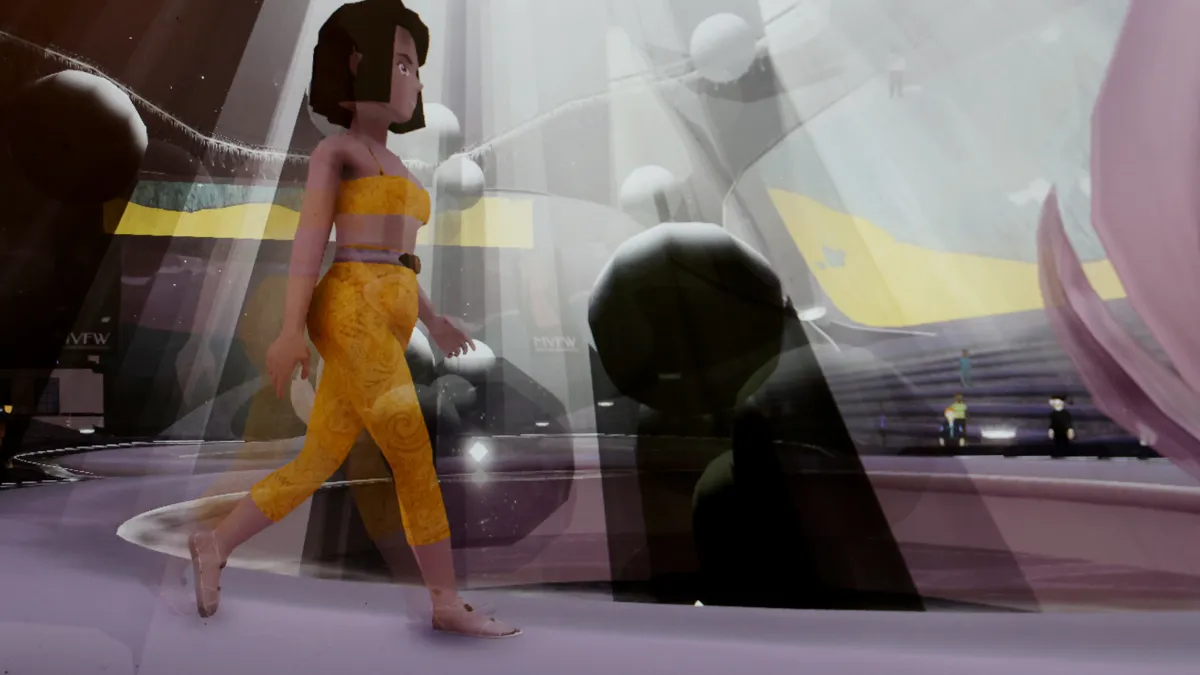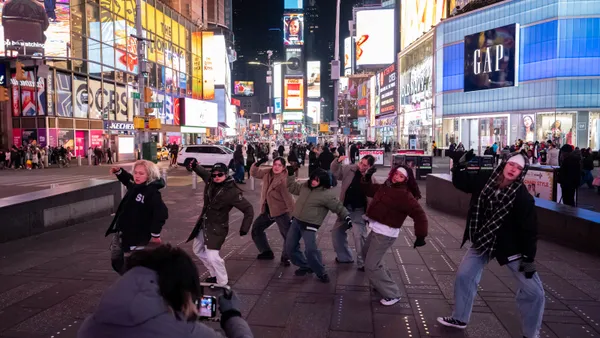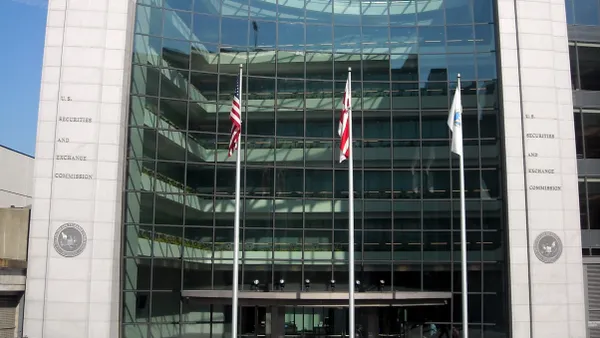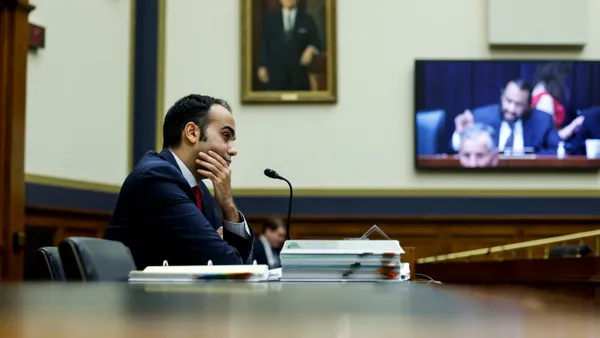Companies out of an abundance of caution are filing applications to protect the trademark rights of their brand assets in the metaverse and they could start doing it more for their patented assets as well, although the patent risks are less clear, Matt Carey of Marshall, Gerstein & Borun told Legal Dive.
The big case that intellectual property (IP) lawyers are watching is a claim of infringement by Hermès against Mason Rothschild, an artist who made, and is selling, a collection of non-fungible tokens (NFTs) depicting fur-covered versions of the Paris-based luxury brand’s line of Birkin bags. The case involves the kind of blockchain-related issues that a metaverse is expected to raise.
Rothschild sought to have the case dismissed on the grounds his work is protected speech, but the U.S. District Court for the Southern District of New York in May said the case needs to go forward.
The court agreed with Rothschild that the NFTs – units of unique blockchain data used for transferring ownership of something – don’t infringe on the brand’s trademark despite depicting versions of the expensive, hard-to-get bags.
But the artist branded the NFT collection “MetaBirkins” and created a @metabirkin social media handle and metabirkin website to help him sell some $1 million in MetaBirkin NFTs. These uses of the name need to be sorted out in litigation, the court said.
“Consumers posting on the ‘MetaBirkins’ Instagram page have expressed actual confusion, believing that there is an Hermès affiliation with Rothschild's ‘MetaBirkins’ collection,” it said. “Similar confusion exists in the media. For example, the magazines Elle and L'Officiel and the New York Post have all mistakenly reported that the ‘MetaBirkins’ NFTs were unveiled by Hermès in partnership with Rothschild.”
Virtuality issues
How robust and important the metaverse becomes remains to be seen, but to the extent companies want to be sure their brands are protected in the new environment, it can make sense to file for protection in a way that makes clear it’s the unique version of their assets in the metaverse that are being protected.
“What these brands have been doing is filing new applications for metaverse-specific goods and services of their existing mark,” said Carey. “So, downloadable virtual goods, non fungible assets, crypto collectibles and cryptocurrencies – anything that they think could support the use of the trademark.”
Patent issues are expected to be more complex. It’s not clear that a court would find a depiction in the metaverse of a patented mechanical process an infringement, Carey said, since the patent is covering how components operate in a physical setting and the depiction in the metaverse doesn’t involve the physical operation of components.
“If a company – GM or Ford, for instance – owns a patent on an engine, that [involves] physical components, so even if there’s an image of that engine that’s used in the metaverse, if there’s no virtual object that is performing the same thing, then it wouldn’t infringe the patent,” he said.
But the situation is different for patents that cover, say, a line of computer code or a business process or other type of sequence.
“Artificial intelligence would be one,” Carey said, “or blockchain, or computer hardware and software rendering.”
Among other reasons, because of the immersive character of the metaverse and the increased computing capabilities needed to power operations in it, the code or process could be different enough that protection no longer covers what’s outlined in the patent.
“An immersive metaverse takes up way more computing power than, like, a standard video game, so clients [will need to] innovate in these technologies to support the metaverse,” Carey said. “That’s one area where we’re seeing a spike in activity.”
The metaverse as fully envisioned isn’t here yet, but the window to ensure your intellectual property is protected in it is open now, he said.











